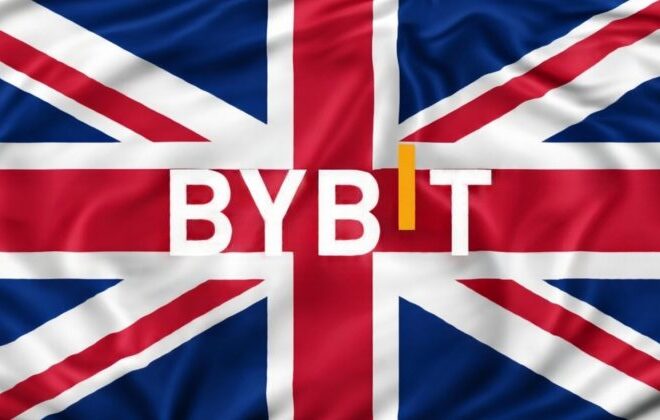
Making a Difference: Smart Ways to Support Causes You Care About – Guidance Financial Services
A significant portion of the work that we do for clients entails financial modelling to help understand what is possible. Frequently, we arrive at the conclusion that the person’s long term outlook is very secure, and indeed they likely have wealth in excess of requirements.
Most commonly in this circumstance, people start to think about early inheritances, and perhaps spending a little bit more on lifestyle. But another path to be pursued, particularly for those without children, is to think about how you might support causes that you are passionate about.
Charitable giving not only has a profound impact on society but also brings a deep sense of personal fulfillment to those who give.
Our role as financial planners is to ensure that your charitable giving is done in a way that maximises its impact, considering elements such as tax efficiency, and long term sustainability.
There are two main avenues to financially support causes of interest. The most common and obvious is to make direct donations. Ideally the cause that you wish to support would be a Deductible Gift Recipient. By having this status, any donations you make will be tax deductible. You can check whether the organisation you wish to donate to is on the DGR list, by going to the ABN Lookup website and searching their name.
Direct donations enable you to support a charitable cause on a one-off or ongoing basis. They are very flexible, as you are not locked into any particular obligation, and can adjust your giving based on your assessment of the benefits they’re providing, and perhaps changes to areas where you feel there is the greatest need.
For those with an ongoing tax liability, you could make charitable donations so as to offset or at least reduce some of the tax bill that you would otherwise have to pay. Whether you pay tax, or make a charitable donation, either way you are contributing to society. But perhaps via the charitable donation route, you are directing your contribution with a bit more purpose.
The primary alternative to direct donations is to establish a Private Ancillary Fund. The best way to think of these entities is as a Self Managed Super Fund for charitable giving. There is a cost to set them up, and a cost to prepare the annual accounts. You contribute a lump sum, and potentially contribute further lump sums in the future. Each year a minimum of 5% of the balance must be paid out and donated to charitable causes. The capital within the fund can be invested however you choose.
Private Ancillary Funds are most commonly established upon the sale of a business, where significant capital gains tax is payable. The minimum balance recommended is usually $1million, given the establishment and administration costs.
Private Ancillary Funds survive beyond your lifetime, with your children and subsequent generations taking over as trustees, and directing future donations. In this way you can leave behind a significant legacy, perhaps setting a moral tone for the future generations of your family.
There are also entities known as Public Ancillary Funds, which operate in a similar way to the private version, however multiple people can contribute to public funds. Public Ancillary Funds can be a cost effective way to deliver charitable giving. Some Public Ancillary Funds offer you the ability to direct your donations each year.
Charitable giving can be both impactful and personally rewarding. If well structured, it can also be financially smart.
None of us are going to live forever, and when we are gone, whatever wealth we have left will be distributed somewhere. You might choose to have charitable donations nominated within your Will, but with good financial planning, it may be that you can start making a difference now, rather than wait until you are gone.







